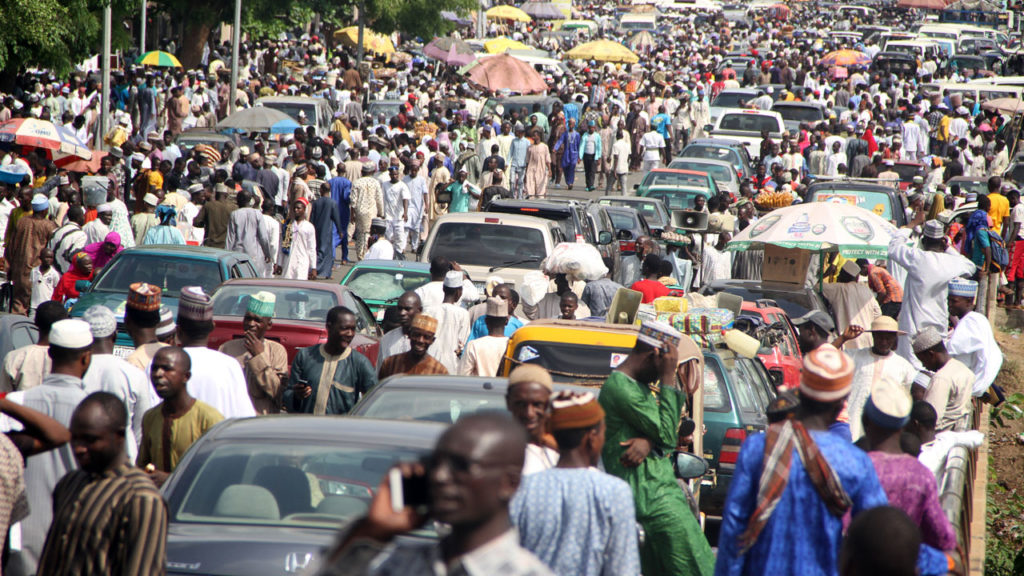The world’s population is expected to increase by two billion persons in the next 30 years, from 7.7 billion currently to 9.7 billion in 2050, according to a new United Nations (UN) report launched yesterday.
The World Population Prospects 2019: Highlights, which is published by the Population Division of the United Nations Department of Economic and Social Affairs, provides a comprehensive overview of global demographic patterns and prospects. The study concluded that the world’s population could reach its peak around the end of the current century, at a level of nearly 11 billion.
The report also confirmed that the world’s population is growing older due to increasing life expectancy and falling fertility levels, and that the number of countries experiencing a reduction in population size is growing. The resulting changes in the size, composition and distribution of the world’s population have important consequences for achieving the Sustainable Development Goals (SDGs), the globally agreed targets for improving economic prosperity and social well-being while protecting the environment.
The new population projections, therefore, indicate that nine countries will make up more than half the projected growth of the global population between now and 2050: India, Nigeria, Pakistan, the Democratic Republic of the Congo, Ethiopia, the United Republic of Tanzania, Indonesia, Egypt and the United States of America (in descending order of the expected increase). Around 2027, India is projected to overtake China as the world’s most populous country.
The United Nations Under-Secretary-General for Economic and Social Affairs, Mr. Liu Zhenmin, said the report offers a roadmap indicating where to target action and interventions.
“Many of the fastest growing populations are in the poorest countries, where population growth brings additional challenges in the effort to eradicate poverty, achieve greater equality, combat hunger and malnutrition and strengthen the coverage and quality of health and education systems to ensure that no one is left behind,” he said.
According to the report, by 2050, one in six people in the world will be over age 65 (16 per cent), up from one in 11 in 2019 (nine per cent).
Regions, where the share of the population aged 65 years or over is projected to double between 2019 and 2050, include Northern Africa and Western Asia, Central and Southern Asia, Eastern and South-Eastern Asia, and Latin America and the Caribbean.
By 2050, one in four persons living in Europe and Northern America could be aged 65 or over. In 2018, for the first time in history, persons aged 65 or above-out-numbered children under five years of age globally. The number of persons aged 80 years or over is projected to triple from 143 million in 2019 to 426 million in 2050.
“These data constitute a critical piece of the evidence base needed for monitoring global progress toward achievement of the Sustainable Development Goals by 2030”, says John Wilmoth, Director of the Population Division of the United Nations Department of Economic and Social Affairs.
